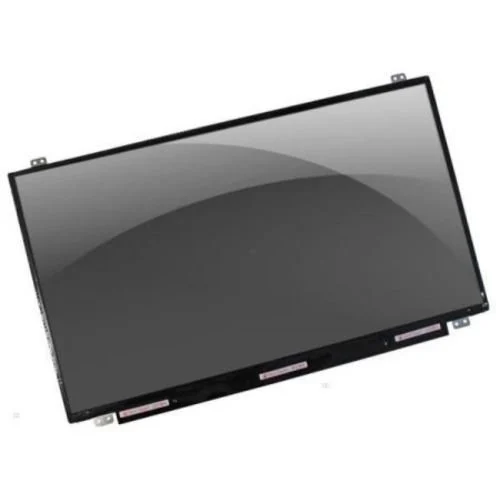The laptop screen is an essential component that allows us to interact with our digital world. It provides us with visual feedback and enables us to perform various tasks. However, like any electronic device, laptop screens can experience issues over time. Understanding the signs that indicate a need for screen replacement and how to diagnose the problem can save you from unnecessary frustration and help you make informed decisions. In this article, we will explore the common signs that your device needs laptop screen replacement and provide you with guidance on diagnosing the issue.
- Flickering or Fading Display: One of the most noticeable signs that your laptop screen needs replacement is a flickering or fading display. If you notice intermittent flickering or a gradual fading of the screen, it could be a sign of a failing backlight or a damaged LCD panel. To diagnose this issue, try connecting an external monitor to your laptop. If the external monitor displays a stable image, it confirms that the problem lies with your laptop screen.
- Cracked or Damaged Screen: Accidents happen, and sometimes the laptop screen can get cracked or physically damaged. If you see visible cracks, black spots, or distorted areas on the screen, it’s a clear indication that a replacement is necessary. To confirm the issue, gently press on the damaged area. If you notice changes in the display or colored lines appearing, it confirms that the screen needs replacement.
- No Display or Dim Screen: If your laptop powers on, but the screen remains black or extremely dim, it could be due to a faulty connection or a malfunctioning screen. First, check the brightness settings on your laptop to ensure it’s not simply set to a very low level. If the issue persists, try connecting your laptop to an external monitor. If the external monitor displays a clear image, it indicates a problem with your laptop screen.
- Stuck Pixels or Dead Pixels: Stuck pixels appear as small, permanently lit dots on the screen, while dead pixels remain unlit and appear as black dots. These pixels can be distracting and impact the overall viewing experience. To identify stuck or dead pixels, you can use online pixel-checking tools or display test videos designed specifically for this purpose. If you discover a significant number of stuck or dead pixels, replacing the screen is the recommended solution.
- Distorted or Discolored Images: If your laptop screen displays distorted or discolored images, it could be a result of a faulty graphics card or a damaged LCD panel. To determine if the issue lies with the screen, connect your laptop to an external monitor and compare the image quality. If the external monitor shows a clear picture, it suggests that your laptop screen needs replacement.
- Unresponsive Touchscreen: For laptops equipped with touchscreen functionality, an unresponsive or malfunctioning touchscreen can be frustrating. If your touchscreen fails to register touch inputs or behaves erratically, it may require a screen replacement. Before concluding, ensure that the issue is not software-related by updating drivers or performing a system reset.
In conclusion, being aware of the common signs that your laptop screen needs replacement can help you address the issue promptly. By diagnosing the problem correctly, you can avoid unnecessary expenses and ensure that your laptop continues to serve you effectively. Remember, if you experience any of the signs mentioned above, consult a professional technician or authorized service center to obtain accurate guidance and expert assistance.
